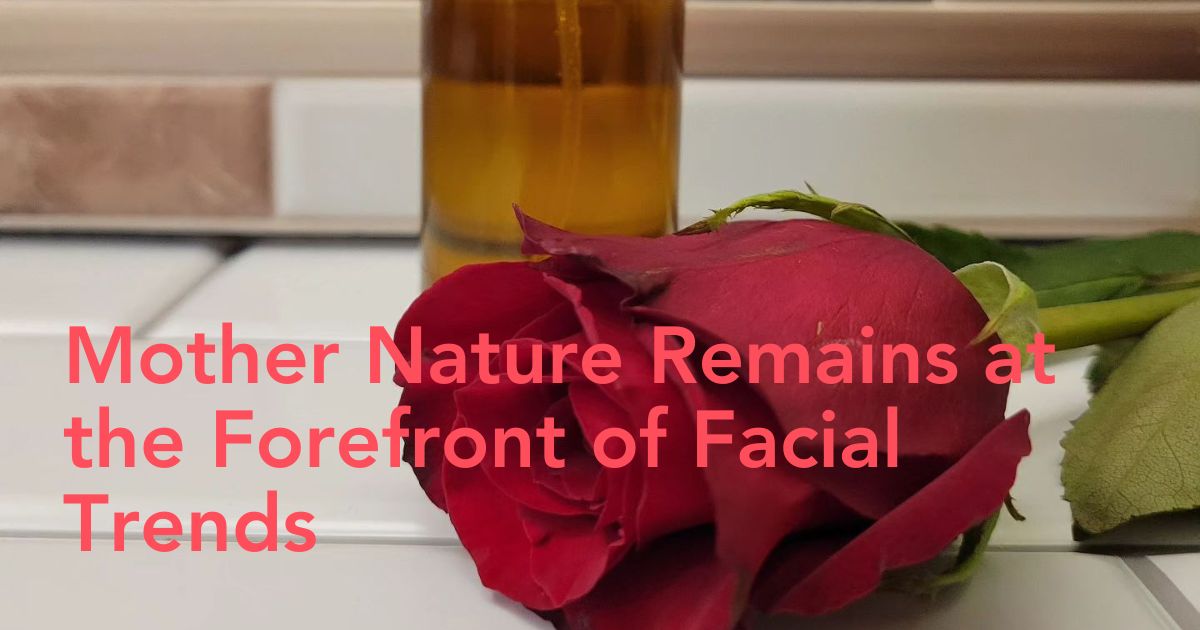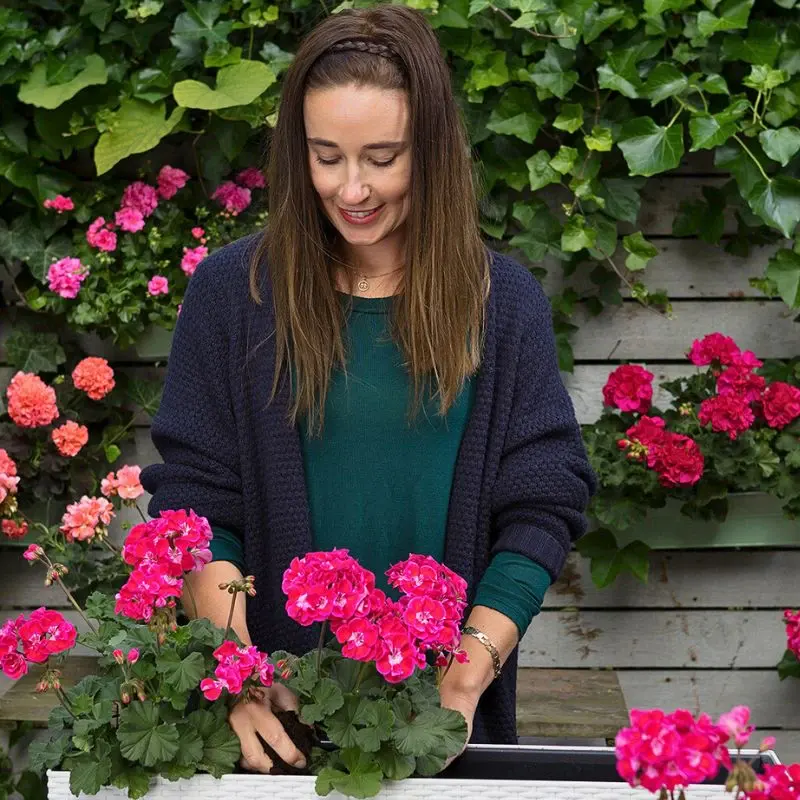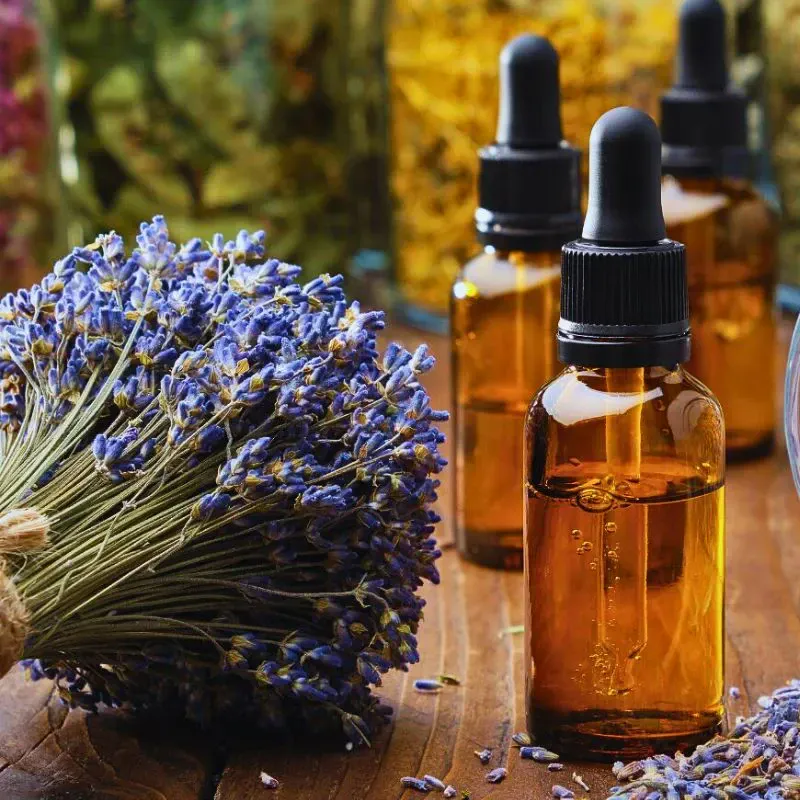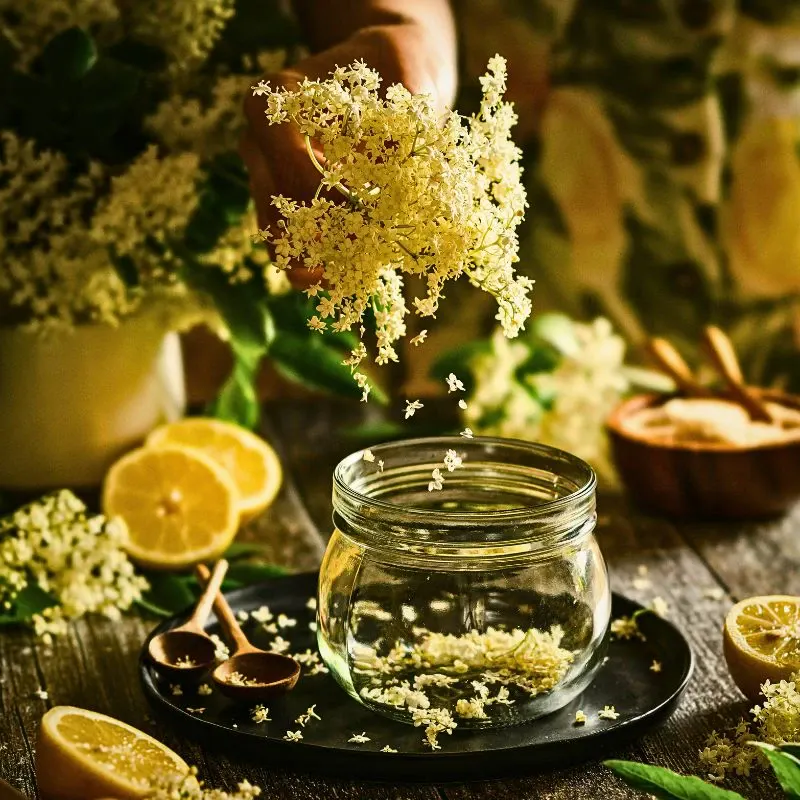Skincare is a multi-billion dollar industry in the U.S. and is expected to reach $23.85 billion by the end of the year.
While consumer demand for personalized products is growing, there has been a significant uptake in signature facials. From chemical peels to oxygen facials, the concept of aging elegantly has taken on a new meaning.
The world of beauty and aesthetics requires embracing new technological frontiers. And yet Mother Nature remains at the forefront of facial trends.
Below, we’ll look at how botanicals are revolutionizing the beauty industry.

Rose Water
The smell of roses automatically conjures images of romance in bloom. Rose water in particular is an active ingredient in many skincare products.
Vogue says its light fragrance and soothing properties instantly lift the mood. With its roots in Iran, rose water is created by steaming rose petals in water.
The extracted compounds soothe and hydrate the skin while the antioxidants make it a versatile solution for spa treatments, beauty products, and wellness drinks.
Board-certified dermatologist Sonia Badreshia-Bansal tells the magazine that rose water is great for dry skin as it is a natural humectant and pH balancer, leaving you feeling hydrated and refreshed.
Rose water also helps control excess oil, preventing acne breakouts. Because of its anti-inflammatory properties, it reduces puffiness and redness.
Chamomile
Chamomile is the unsung hero of skincare. Often used to treat dryness and irritation, the calming effects of chamomile have long been documented. We even drink it in our tea!
Studies on the daisy-like plant are limited but Healthline says essential oils extracted from the herb reportedly have antimicrobial properties that protect against certain bacteria, fungi, and viruses.
Chamomile is effective in treating hyperpigmentation, eczema, and acne. This brings us to the next point.
Chamomile is usually the active ingredient in facials. Used by spas and beauty centers around the globe, the herb is combined with aloe vera to soothe redness and inflammation for sensitive skin.

Environmental factors significantly affect how our skin responds to various conditions, depending on the state we are in. New York’s dry, cold weather can cause skin to dry or flake, making its inhabitants prone to eczema or xerosis.
On the other hand, Florida’s hot and humid temperatures can result in oily skin, increasing the risk of acne and other skin problems. Ayana Dermatology’s signature facial in Fort Lauderdale, FL. tailors its ingredients to contend with different skin types.
Most clients opt for a signature facial every four to six weeks to maintain and enhance healthy, glowing skin. For skin issues like acne or hyperpigmentation, more frequent treatments are recommended.
Ayana Dermatology & Aesthetics suggests enhancing the benefits of your signature facial by combining it with another treatment like chemical peels, Botox or fillers.
Lavender
Essential oils like bergamot, lavender, and tea tree oil could help treat psoriasis. The dry, itchy skin condition affects about 2 to 3% of the world’s population.
While there is little evidence that lavender oil can relieve psoriasis symptoms, health advises using the essential oil in addition to conventional treatments.
Commonly used in a topical ointment, lavender hydrates the skin and improves the appearance of scars.
The flower’s anti-inflammatory and antiseptic properties can also expedite healing. Lavender works best for sensitive skin as it balances sebum production. The beauty industry typically uses lavender in creams, face masks, and facials.

Hibiscus
The vibrantly colored hibiscus is not only pretty to look at. Because of its exfoliating and skin-reviving qualities, the hibiscus flower is widely used in the beauty sector.
Originating in Africa, hibiscus is often hailed as the potent anti-aging ingredient in skincare products. It maintains hydration and promotes collagen production, making it a potential lifesaver for women fighting the aging process.
The flower is a natural source of AHAs (alpha hydroxy acids). These acids reduce hyperpigmentation and give your complexion a more youthful appearance. If applied topically, AHAs remove dead skin cells and stimulate cell turnover.
The hibiscus has diuretic properties as well. Vitamins A, C B1, and E help eliminate accumulated liquids in the body and diminish cellulite.
Jasmine
Jasmine contains a waxy substance used in many beauty products to soften and moisturize the skin. Packed with antioxidants, the flower extracts unclog pores and clears the skin.
Also called the “perfume of love” in Hinduism, jasmine oil’s exotic and sensual scent has long been associated with romance. Ancient cultures used it to treat depression and boost libido.
The soft, white flower courting renewed interest in the wellness industry as brands incorporate natural and sustainable ingredients.
Arguably the biggest advantage of jasmine is its antibacterial properties, making jasmine oil the preferred component in aromatherapy, massage, and skincare.
Saturated with restorative and healing benefits, the oil is a powerful antioxidant that helps to protect the skin from environmental stressors.
It also has soothing and anti-inflammatory properties, which makes it perfect for sensitive skin conditions and a good contender for all skin types.
The Science of Flowers
The ancient Egyptians used flowers for skin treatments as far back as 15,000 BC. They created ointments with essential oils, aromatic waters, resins, and incense for mummification.
Judging from the remains of bottles, archaeologists believe the Egyptians knew how to extract essential oils from flowers. The ancient technique is called enfleurage and involves soaking parts of the flower in oil.
These days, pharmacologists use steam distillation to extract molecules from flowers, resulting in essential oils. The hot steam causes dried flowers to open and release their oils, nutrients, and liquids.
Who would have known our environment abounds with all the natural goodness to care for our skin? One only needs to walk into the garden to see Mother Nature’s pharmacy on display or you could contact your nearest skincare expert with experience in dermatology aesthetics.
From jasmine to lavender to camomile, these marvelous blooms are her gifts to humanity. All she wants in return is for us to look after her heart, and ensure its longevity and preservation for future generations and new life.










